If your schematic diagrams are based on real features in geometric networks, network datasets, or any other tables managed by the GIS, the join gives you access to all the schematic feature fields and the related real feature fieldsApr 26, 21 · ArcGIS Online offers two map viewers for viewing, using, and creating maps For more information on the map viewers available and which to use, please see this FAQ If necessary, in the popup window, click Open in New Map Viewer orOct 01, 18 · I have a layer (and related tables) in SQL server hosted on ArcGIS Server 1061 being consumed in ArcGIS Online Web Map All this works great but I want to be able to symbolize the features based off the related table fields not the layer fields themselves I cannot find a way to do this (or if its even possible)

A Quick Revisit Subtypes And Domains In Collector For Arcgis Esri Australia Technical Blog
Arcgis online change symbology based on related table
Arcgis online change symbology based on related table-You can also feature your map on a publicfacing (ArcGIS Online) or internal (ArcGIS Enterprise) website by embedding the map In the Share window, click Embed in Website and choose the map options and symbols you want Then, copy the HTML code provided and paste itOct 25, 19 · How To Show related records in Operations Dashboard for ArcGIS Summary Related records are secondary data that have relationships with the primary data However, unlike join tables, related records are not appended to the primary data So, the related table is viewed separately from the primary attribute table



How To Apply Size To Point Feature Symbology Arcmap Documentation
Feb 13, · Rightclick the feature layer and select Properties > Symbology The attributes joined from the tabular table are included in the Value Field dropdown In this example, the feature layer is symbolized based on the attribute obtained from the tabular data, that is, Inferred depositional environmentWith dictionary symbology, the symbolization of the features in the layer is based on one or more attributes that connect to a dictionary of rules for displaying the symbol ArcGIS Pro includes the following symbol specifications as dictionaries Joint Military Symbology specifications MILSTD2525B Change 2, MILSTD2525C, and MILSTD2525D asThe Related Table Charts widget allows you to chart (bar, pie or polar chart) values from a related table of a feature layer The structure of the layers requires a relationship between a feature layer and a table and must be a onetomany geodatabase relationship Configuring the Related Table
ArcGIS Online (AGOL) is a browserbased mapping platform for creating and sharing interactive maps Use ArcGIS Pro to prepare and symbolize your layers before sharing to the cloud ArcGIS Pro can be used to style layers, configure popups and attribute tables, and create descriptive metadata The following data types can be shared from ArcGISArcGIS Pro allows you to create beautiful maps with complex and interesting symbology!View the table's contents, related records and photos, and statistics See Show tables for more information If the layer owner has enabled editing, you can update the contents of the attribute table If the layer owner has enabled attachments, you can attach related photos or other files to specific features
Sep 02, · ArcGIS Online Map Viewer allows symbolizing hosted feature layers based on attribute values using Change Style to display data in the desired presentation style In some instances, it is necessary to change the style based on the values from a related tableArcGIS Arcade is a powerful expressionbased scripting language that can help you accomplish a lot in your web maps, including changing the symbology, configuring popups, or updating labels One of my favorite things about Arcade is the ability to create new attributes on the fly from expressions with data without having to leave the map or take the data offline This is beneficial ifThe related table has a field called AGREE_WITH_INCIDENT that contains a numeric value defining how many people agree that the incident is important When you click an incident an InfoWindow is displayed with attribute information and a clickable image The displayed attribute information is from both the table and related tables



Drawing A Layer Using Categories Help Arcgis For Desktop



Displaying Layers At Certain Scales Help Arcgis For Desktop
May 01, 19 · A very popular and enduring request of the ArcGIS Online user community has been to have the ability to symbolize features based on data that's stored as a related record Well, Esri has listened and released in a June 18 update to ArcGIS Online the ability to use related records data like never beforeCollector support for related table editing is only supported with ArcGIS Online right now The next update of Portal for ArcGIS (1031) will include support for creating a web map that supports editing of a related table No update to Collector will be required to support PortalBivariate colors symbology shows the quantitative relationship between two variables in a feature layerThis type of symbology uses bivariate color schemes to visually compare, emphasize, or delineate values Similar to graduated colors symbology, each variable is classified and each class is assigned a colorIn the example below, the bivariate color scheme is the product of two
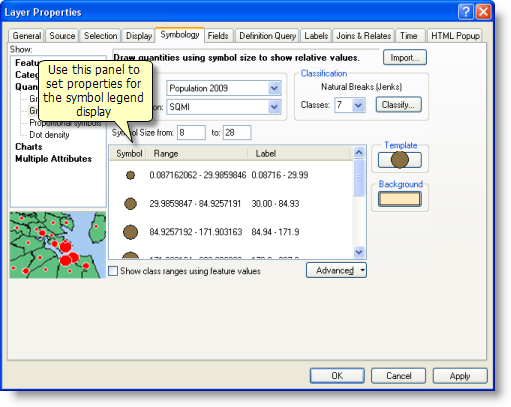


Working With The Classification Legend Help Arcgis For Desktop



Rotating Point Feature Symbols Arcmap Documentation
When a selection is made on a table or layer, it is not automatically applied to the related tables as it is with links in ArcView GIS 3 You can use the Related Tables command from the Table window's toolbar to apply ("push") a selection to a related table or layerSep 24, 18 · In the June update of ArcGIS Online, we introduced the ability to save the results of the Join Features analysis tool as a hosted feature layer view This allows you to keep the join results up to date as the original data changes With the latest release of ArcGIS Online, we have added more exciting capabilities to the Join Features toolArcGIS Online The mapping platform for your organizations ArcGIS for Desktop Symbol size and outline width based on map scale Temporal renderer Toggle point clustering This sample shows how to use a RelationshipQuery to query a service for related features then query another related table and display the attribute information The
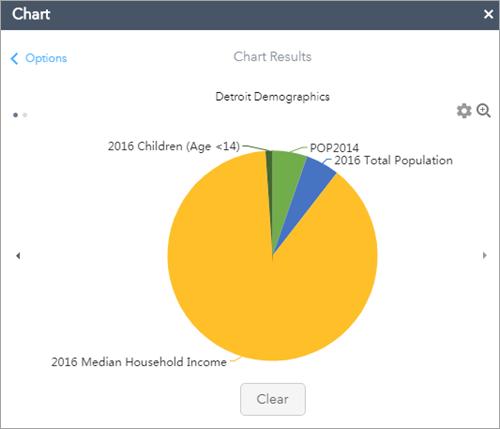


Chart Widget Arcgis Web Appbuilder Documentation



A Quick Tour Of Map Layers Help Arcgis For Desktop
As a publisher in your organization, you can host feature data in ArcGIS Online by publishing hosted feature layers ArcGIS Online supports multiple sources to allow you to accomplish this Use any of the following to publish a hosted feature layer Commaseparated values (CSV) files that contain coordinates or addresses;Geodatabase (feature layers, raster layers, query layers, and tables only) Raster symbology Most raster symbology is available The raster pansharpening filter is also available Hillshading on the fly is not available Symbols Most 2D symbols are available, but 3D symbols are not supported The following symbols are available Arrow markerThe symbols returned by the service are based on the symbology of the layers in the ArcMap document Each symbol in each layer is referred to as a type For example, a layer symbolized with a simple renderer (one symbol) has one type If a unique value renderer is used, a type returns for each unique value in the renderer



A Quick Tour Of Map Layers Help Arcgis For Desktop



Vary Symbology By Size Arcgis Pro Documentation
In the Contents pane, highlight a feature layer Under Feature Layer, on the Appearance tab, in the Drawing group, click Symbology In the Symbology pane, on the Vary symbology by attribute tab, check Allow symbol property connections You can now attach feature attributes to certain properties of the symbols within this layerUse geometrybased functions (ex Population Density, buffer, how many things are within a distance of me) Data cleanup (ex fixing incorrect values or mistyped field values) How to Calculate New Fields with Arcade in ArcGIS Online 1) To start, choose to add a new field, or choose the field you want to calculate values forSummary This tool applies the symbology from a layer to the Input Layer It can be applied to feature, raster, network analysis, TIN, and geostatistical layer files or layers in the ArcMap table of contentsThis tool is primarily for use in scripts or ModelBuilder Illustration Usage In model or script use, the Symbology Layer most often comes from a layer file



Working With Legends Help Arcgis For Desktop



Editing Related Tables In Arcgis Online Geographic Information Systems Stack Exchange
Layers can have either a single symbol or multiple symbols based on attribute information such as names or speed limits You'll learn more about attribute information later Currently, the roads are being drawn based on their classification, but you're only interested in showing the location of roads, so you'll symbolize the layer with a singleMar 24, · Grab the most recent record from the related table, and write values from that record over to the feature layer using the ArcGIS API for Python Put script on PythonAnywhere and set it to run every 60 seconds Configure web map symbology with a simple Arcade expression to show expired and failed inspections Details on each step aboveDec 31, 19 · In ArcGIS Pro, the Add Relate tool is used to relate attributes from one layer to another layer or table based on a field value The cardinality of the relationship between the input table and the relate table can be specified into either a onetoone relationship, a onetomany relationship, or a manytomany relationship



Applying Symbology In Arcgis Online Data Quality And Creating Web Maps Coursera



Aqavo7ukdlsydm
Microsoft Excel files (xlsx or xls) that contain coordinates orAugmented reality is a type of development pattern that provides endusers with an immersive 3D experience based on perceived device movement rather than manual keystroke, touch, or mousebased interactionSee Create hosted feature layer views in ArcGIS Online or Create hosted feature layer views in ArcGIS Enterprise Add your layer to a map You have prepared the data your mobile workers use for collection Since Collector opens and works with maps, you need to add your layer to a map using ArcGIS Online or ArcGIS Enterprise Related topics



Related Table Charts Widget Arcgis Web Appbuilder Documentation



A Quick Revisit Subtypes And Domains In Collector For Arcgis Esri Australia Technical Blog
The symbols returned by the service are based on the symbology of the layers in the ArcMap document Each symbol in each layer is referred to as a type For example, a layer symbolized with a simple renderer (one symbol) has one type If a unique value renderer is used, a type returns for each unique value in the rendererWhen using the Infographic widget, you can use the related table as an external data source When you do so, the related table is treated as a standalone table There is no interaction between the table, related features, and the charts Configure the Number template This widget can be set to open automatically when an app startsIf you used the path to feature class or table on disk as the tool parameter input (instead of the name of a layer or table view in the table of contents), you could delete unwanted fields on the feature class or table (using the Delete Field tool, for example) then proceed with sharing the result again You may want to make a copy of the dataset before deleting its fields
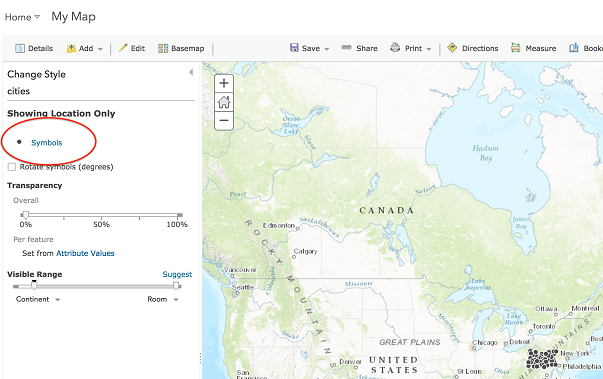


1 1 Building A Web Map Geog 863 Web App Development
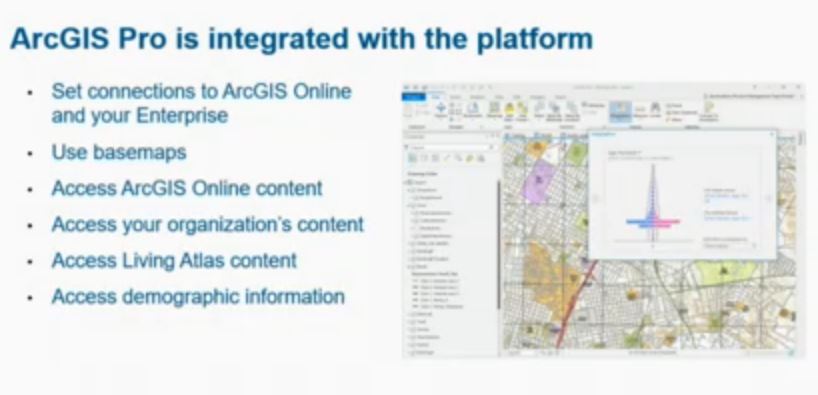


What S New In Arcgis Pro 10 Tips Tricks 11 Training Resources And Everything You Need To Know To Go Pro Geo Jobe
Click the field that you want to base your symbology on Click the Add All Values button to add a unique symbol to the table in the middle of the Symbology tab for each unique value in the field selected You can also use the Add Values button to add a unique symbol for a subset of the unique values from the selected fieldUnlike joining tables, relating tables defines a relationship between two tables The associated data isn't appended to the layer's attribute table like it is with a join Instead, you can access the related data through selected features or records in your layer or table You can create a relate using the Add Relate geoprocessing toolHere are some tips for maximizing the display performance of your maps and data in ArcGIS Online 1) Publish your maps as Tile or Vector Tile layers They will display FAST and look beautiful in ArcGIS Online



Using Stacked Charts Arcmap Documentation
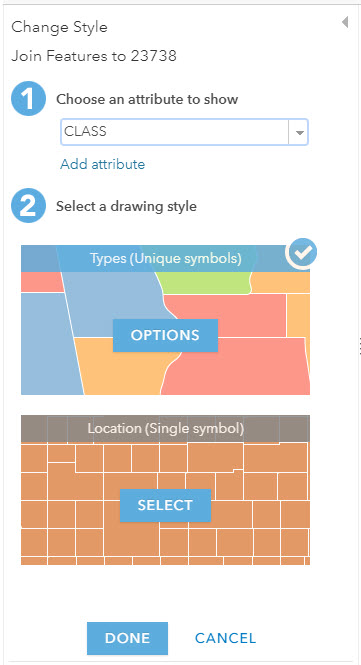


How To Symbolize Hosted Feature Layers Using Related Table Values In Arcgis Online Map Viewer
You can choose to symbolize the layer by an attribute, a single symbol, or a heat map Symbolizing by an attribute will give each feature in the layer a different symbol depending on its attribute data A heat map symbolizes the layer based on feature densityFeb 19, 19 · The print() function causes the transcript to display the parenthetical text In this case, print() is the function and 'Hello World!' is the argument (a variable or input for the function) You can run many Python functions by typing the function's name and including an argument inside the parentheses However, not all Python functions require an argument, while others requireThe Related Table Charts widget allows you to chart (bar, pie, or polar chart) values from a related table of a feature layer The structure of the layers requires a relationship between a feature layer and a table and must be a onetomany geodatabase relationship Configure the Related Table Charts
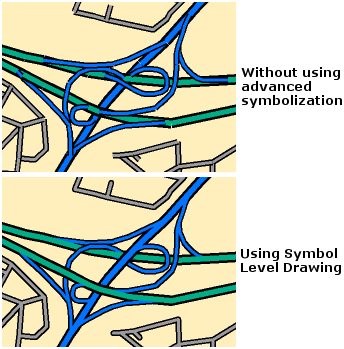


What Is Symbol Level Drawing Help Arcgis For Desktop



Setting Symbology Using A Layer File Help Arcgis For Desktop
Mar 28, 17 · How To Change symbology for point data based on a date field within an attribute table Summary When intending to change the color, size, or shape of a point feature layer based on dates within the attribute table, a tracking layer must be configured using the ArcGIS Tracking Analyst extension Note Tracking Analyst allows the symbolization of temporal data using timeOnce you define a relate between two tables, you can access the related records from either table participating in the relationship A selection is required to access related information Relates can display in other areas from which you access attribute information, such as popups


Extend A Hand Symbolizing Related Data In Arcgis Online Is Within Reach Cloudpoint Geospatial


Symbolizing Point Data In A Time Window By Shape Help Arcgis Desktop



Updating Symbology For Web Maps Arcgis Roads And Highways Server Documentation For Arcgis Enterprise


Portal Feature Symbology Based On Related Table Esri Community



How To Apply Size To Point Feature Symbology Arcmap Documentation



What Are Representations Help Arcgis For Desktop
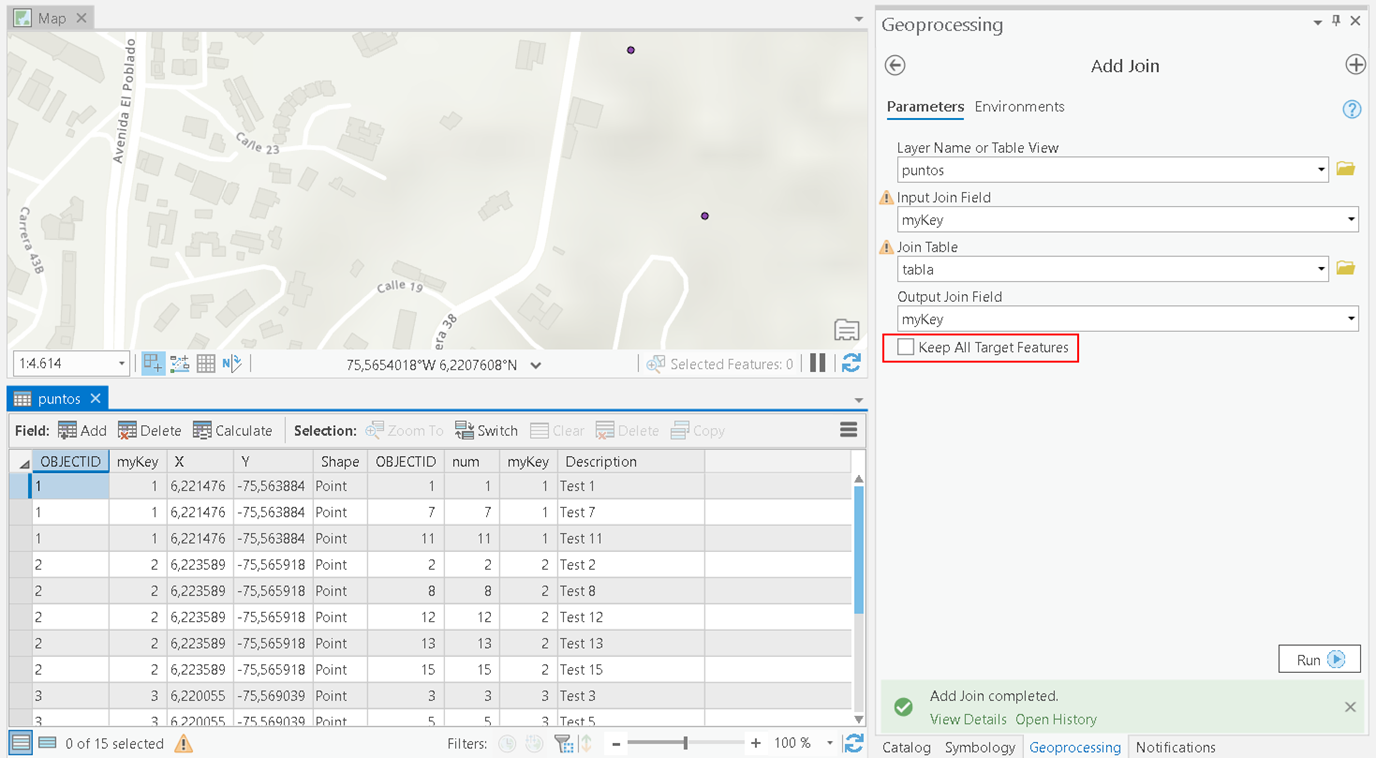


Re Is It Possible For A Related Table To Be Symbo Esri Community



Cartographic Creations In Arcgis Pro Learn Arcgis



Author Maps To Publish Feature Services Documentation Arcgis Enterprise
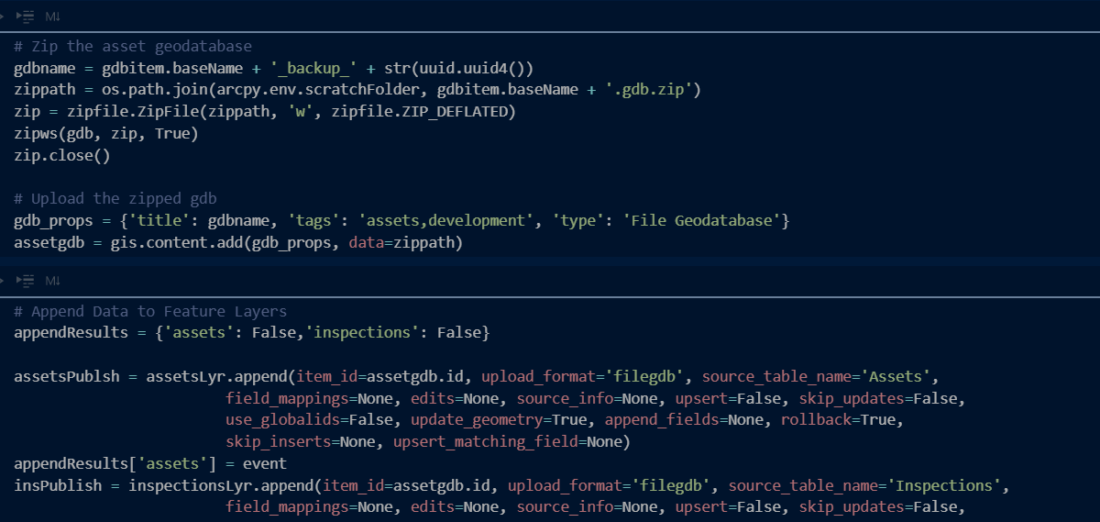


Arcgis Online Updating Hosted Feature Layers Software Development Company In Nyc



Chart Symbology Arcgis Pro Documentation



Creating A Layer Symbology File Help Documentation



Using Bar And Column Charts Arcmap Documentation



Innovate S Grouplayerlist Widget For Esri Webapp Builder Quick And Easy Access To Customized Groupings Of Layers Innovate Inc



Find Symbols Arcgis Pro Documentation
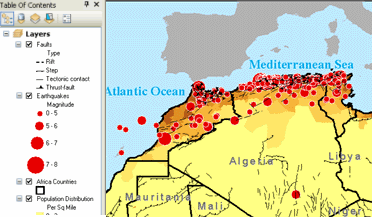


About Symbolizing Layers To Represent Quantity Help Arcgis For Desktop



Joining And Relating Tables To Draw Or Label Schematic Features Arcmap Documentation



Set Map Service Properties Arcmap Documentation



Working With Symbol Level Drawing Arcmap Documentation



Change Style Portal For Arcgis Documentation For Arcgis Enterprise



Apply Symbology From Layer Help Arcgis For Desktop



Designing Related Records In Arcgis Pro For Use In Arcgis Online Youtube



About Joining And Relating Tables Arcmap Documentation



Geodatabase Design Steps Arcmap Documentation
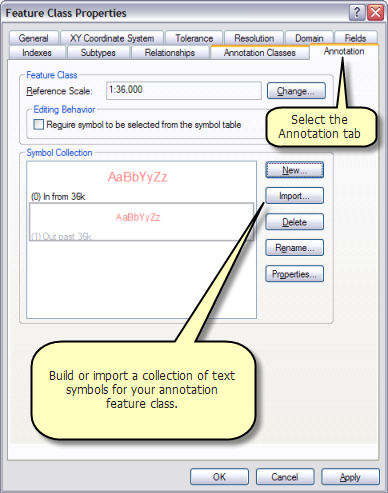


Annotation Layer S Feature Class Does Not Have A Symbol Stored In A Symbol Collection Help Arcgis For Desktop
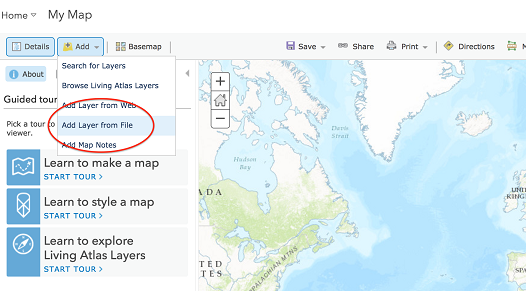


1 1 Building A Web Map Geog 863 Web App Development
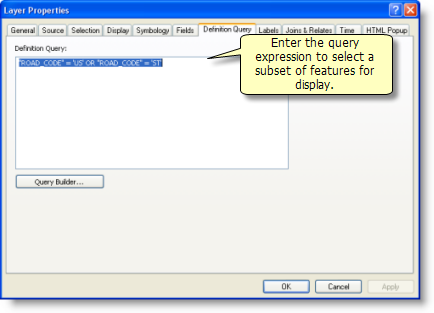


Displaying A Subset Of Features In A Layer Help Arcgis For Desktop
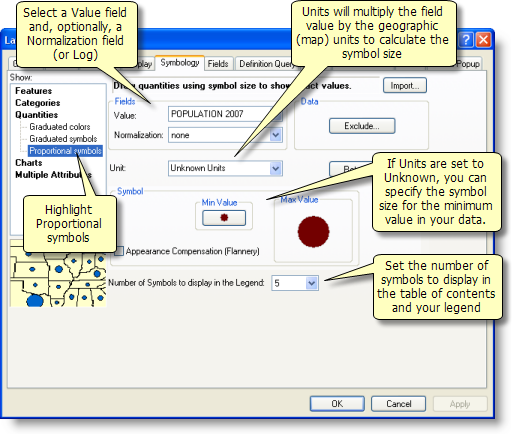


Using Proportional Symbols Help Arcgis For Desktop



Drawing A Layer Using A Single Symbol Help Arcgis For Desktop



Arcgis Wikipedia



Arcgis Online Symbology Youtube



Using Bar And Column Charts Arcmap Documentation


Portal Feature Symbology Based On Related Table Esri Community



A Quick Tour Of Symbols And Styles Help Documentation



Using The Table Of Contents Help Documentation
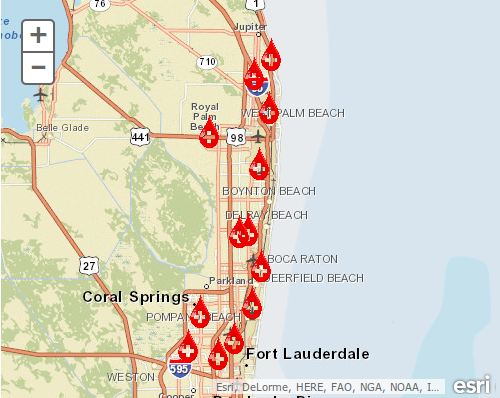


Piotr Gis Works Google Maps Api Fusion Table Data Visualization Gis How To Add Custom Symbols In Arcgis Online 8 Step Tutorial
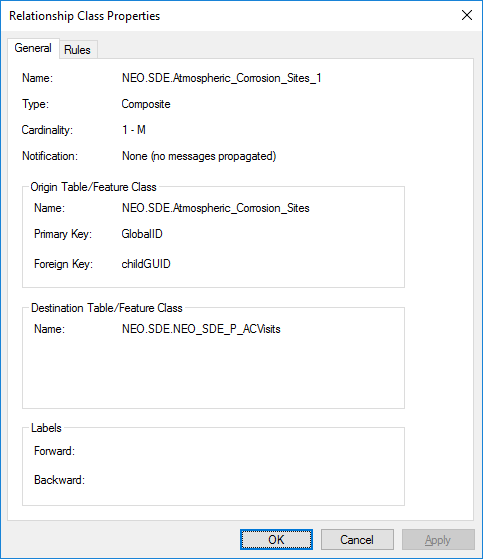


Arcgis Portal Symbology Based On Related Table Esri Community



Extend A Hand Symbolizing Related Data In Arcgis Online Is Within Reach Cloudpoint Geospatial



How To Symbolize Points Based On Multiple Attribute Values In Arcmap
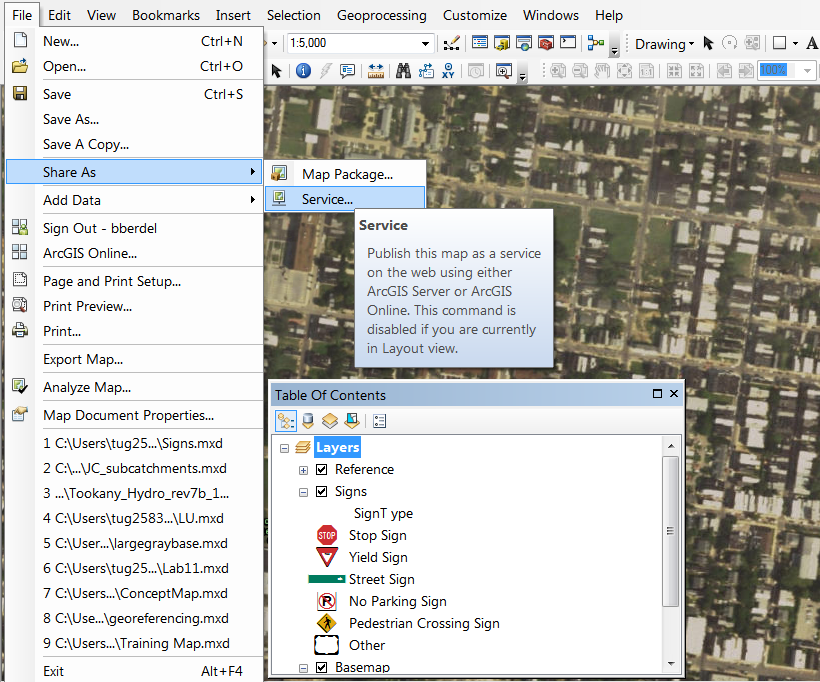


Creating And Storing Your Data In The Cloud With Arcgis Online Temple Psm In Gis
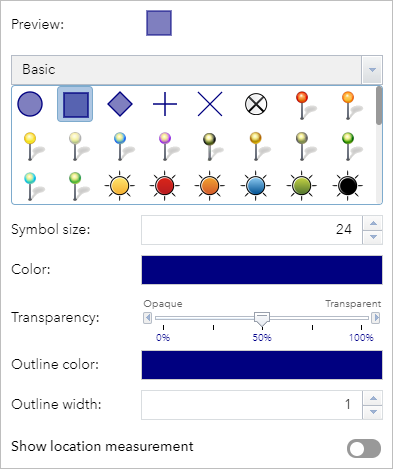


Draw Widget Arcgis Web Appbuilder Documentation
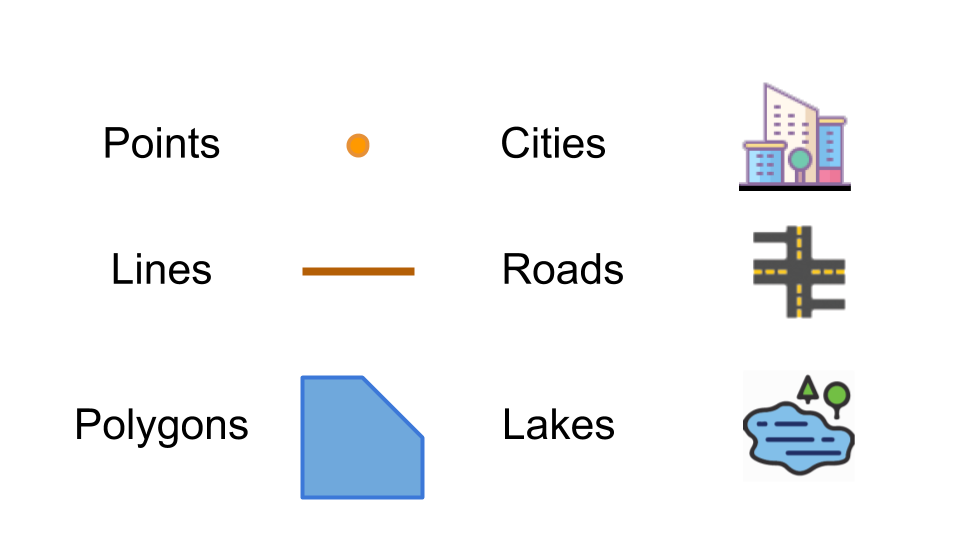


Visualizing Data In Arcgis Online Mdhdocs Documentation
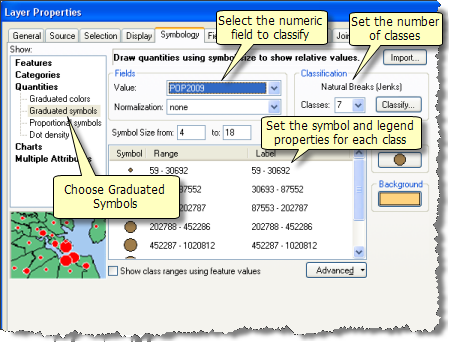


Using Graduated Symbols Help Arcgis For Desktop



A Quick Revisit Subtypes And Domains In Collector For Arcgis Esri Australia Technical Blog



Esri Github Open Source And Example Projects From The Esri Developer Platform



Displaying Layers At Certain Scales Help Arcgis For Desktop



Change Symbology Of No Value In Arcgis Online Geographic Information Systems Stack Exchange



Creating A Layer Symbology File Help Documentation
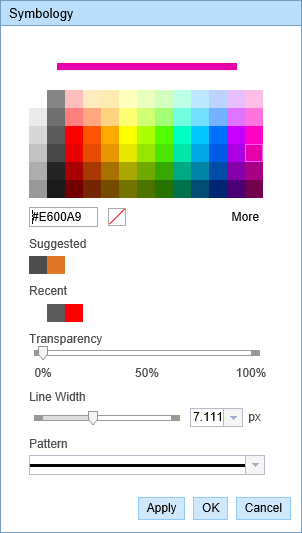


Updating Symbology For Web Maps Arcgis Roads And Highways Server Documentation For Arcgis Enterprise



Symbolize Map Layers Arcgis Pro Documentation



Essentials Of Joining Tables Help Arcgis Desktop
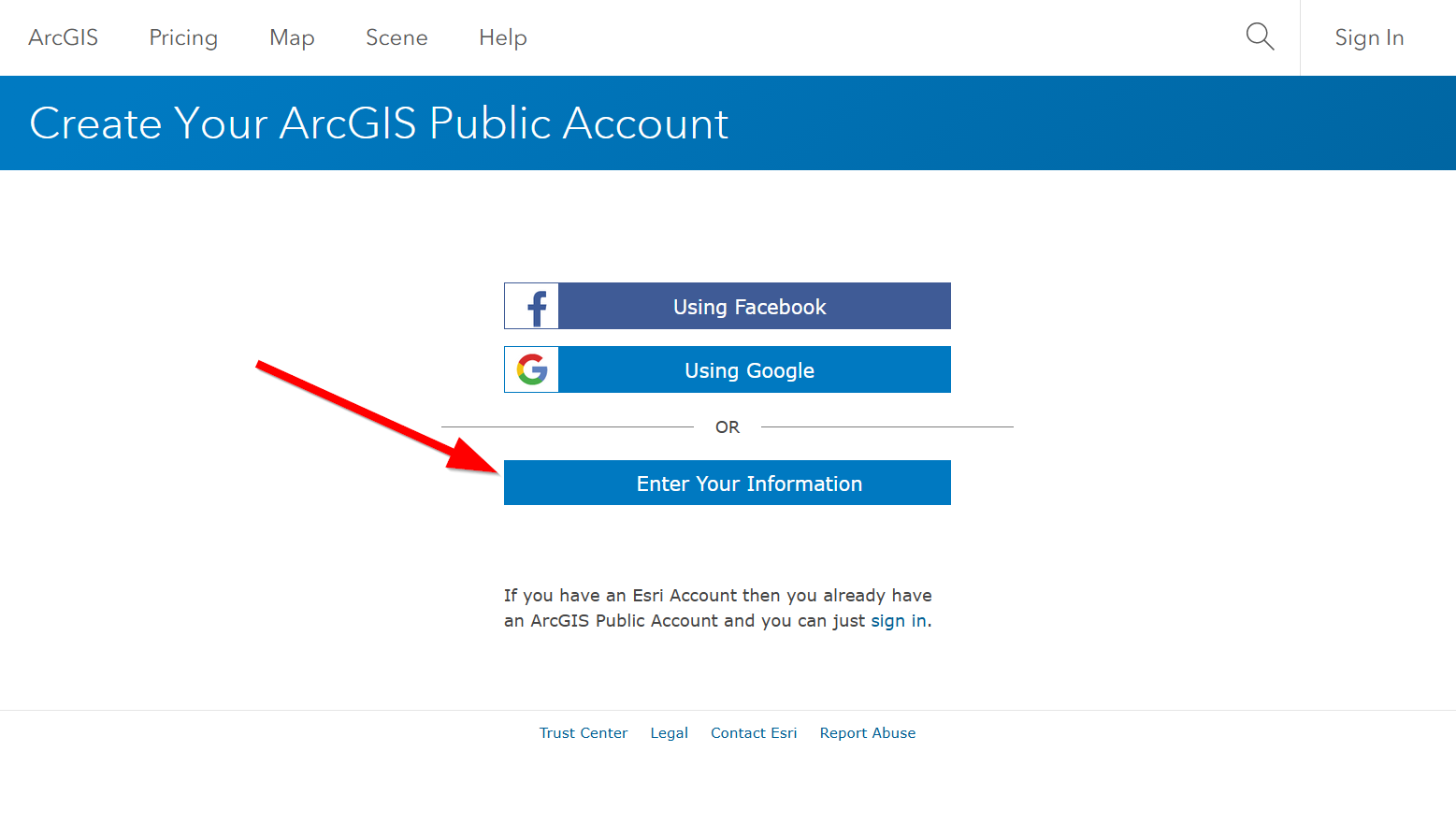


Visualizing Data In Arcgis Online Mdhdocs Documentation



Arcgis Online Using Related Tables To Symbolize Features Online Remote Sensing Surveying
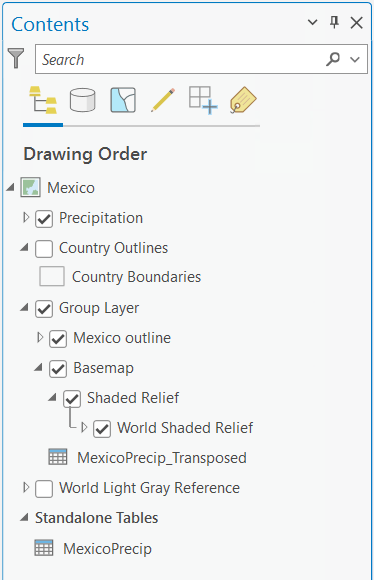


Contents Pane Arcgis Pro Documentation



Geocortex Essentials 4 12 Improved Integration With Arcgis Online



Understanding The Toolbar In Geocortex Web Geocortex Tech Tip



About Joining And Relating Tables Arcmap Documentation
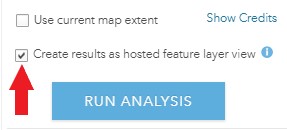


Extend A Hand Symbolizing Related Data In Arcgis Online Is Within Reach Cloudpoint Geospatial
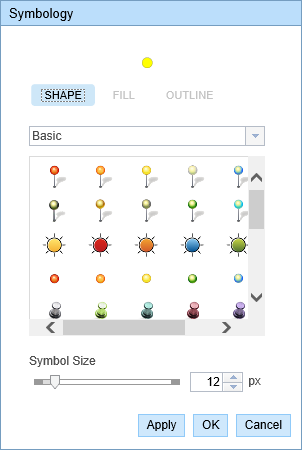


Updating Symbology For Web Maps Arcgis Roads And Highways Server Documentation For Arcgis Enterprise
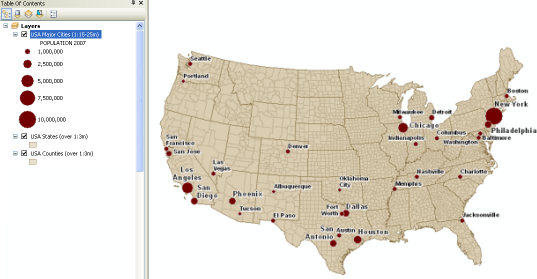


Using Proportional Symbols Help Arcgis For Desktop



Arcgis Online Web Mapping With Arcade Expressions Youtube



Arcgis Pro 2 5 Release We Talk Tech Esri Ireland
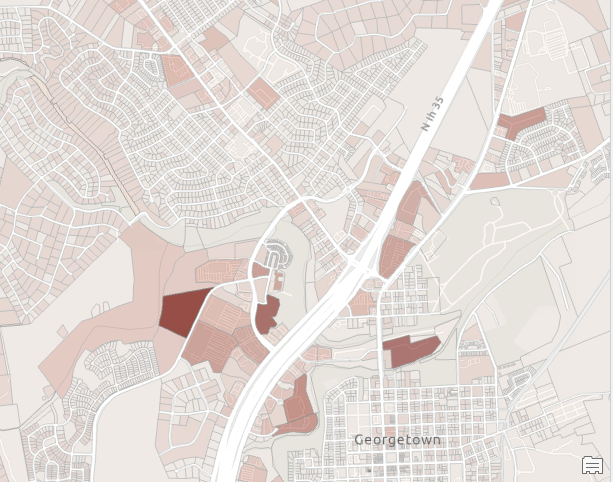


Varying Symbology By Attribute In Arcgis Pro



Improving Accessibility With Arcgis Online Web Mapping Apps U S Department Of The Interior



Joining And Relating Tables To Draw Or Label Schematic Features Arcmap Documentation
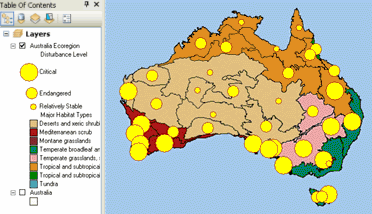


Drawing Features To Show Quantity By Category Help Arcgis For Desktop



Varying Symbology By Attribute In Arcgis Pro


Tips And Tricks For Linking Data In Arcgis Landviser Llc
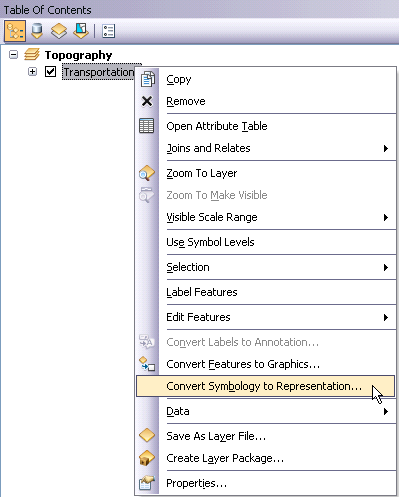


A Quick Tour Of Representations Help Arcgis For Desktop



Setting Symbol Legend Properties Arcmap Documentation
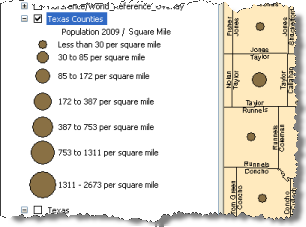


Working With The Classification Legend Help Arcgis For Desktop



Arcgis Pro 2 5 Release We Talk Tech Esri Ireland
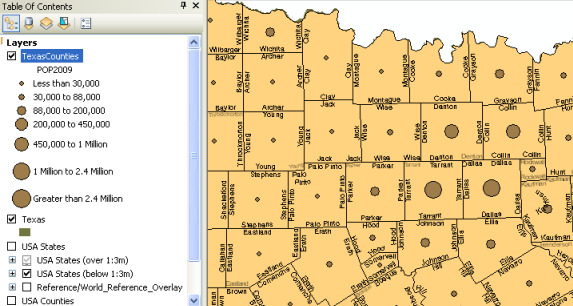


Using Graduated Symbols Help Arcgis For Desktop



A Quick Tour Of Map Layers Help Arcgis For Desktop
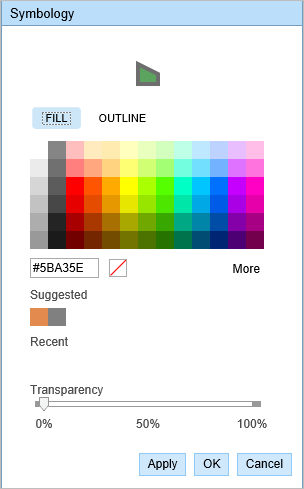


Updating Symbology For Web Maps Arcgis Roads And Highways Server Documentation For Arcgis Enterprise



Symbol Library Napsg Foundation



0 件のコメント:
コメントを投稿